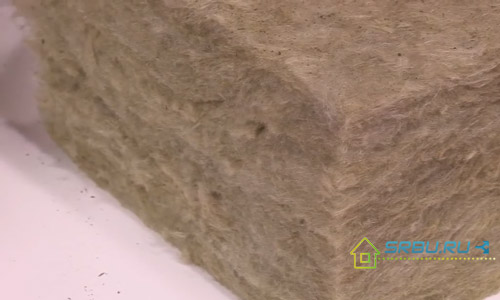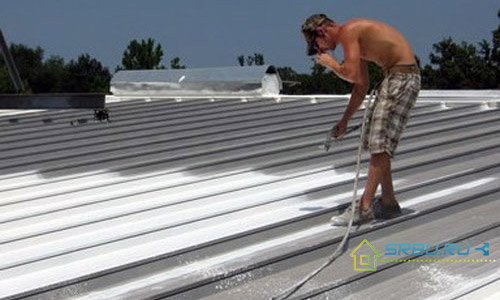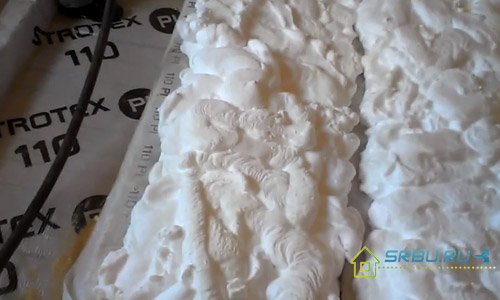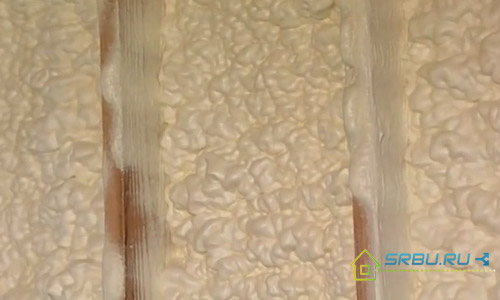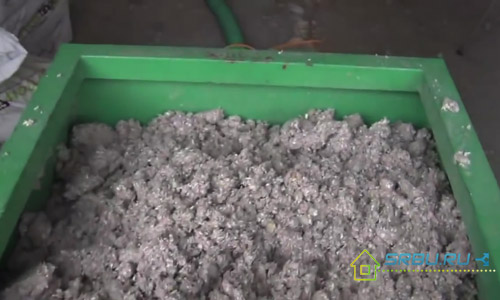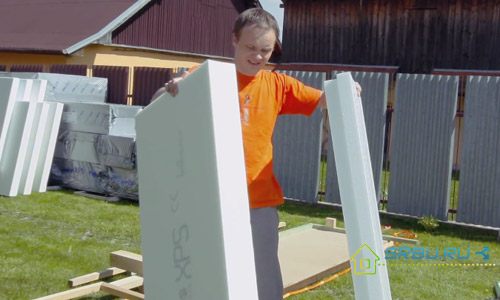Styrofoam
Polyfoam is a cellular material of white color. The structure of 98% consists of air foamed with plastics. The cells are isolated from each other, so the material has good thermal insulation performance.
Polyfoam is used for thermal insulation of buildings for various purposes, for the manufacture of chests, refrigeration units, for protection against freezing of cables of the underground telephone line and power supply and insulation of underground utilities.
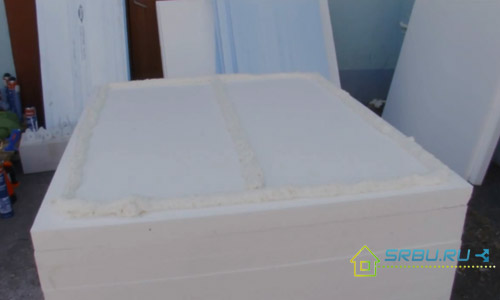
Polyfoam as a heater reviews receive mixed reviews, highlight its main advantages and disadvantages, and read more reviews left by our visitors:
Advantages of polystyrene.
- qualitatively protects from cold and freezing;
- does not lose its characteristics in contact with moisture;
- not amenable to the effects of fungi and microorganisms;
- does not react with concrete, cement mortars and materials for finishing;
- lightweight: there is no need to further strengthen the insulated structures;
- does not absorb odors;
- suitable for insulation of roofs, facades, floors and door leafs;
- safe when observing installation rules.
The disadvantages of polystyrene.
- the material is susceptible to damage by mice: to prevent damage to the material, it is better to take polystyrene to insulate the floor with impregnation;
- it is quite combustible, therefore it is not recommended to lay it in places that are heated, and where there is contact with sparks or an open flame;
- burns quickly, emits toxic substances that are dangerous to human life.
View / Hide Description


